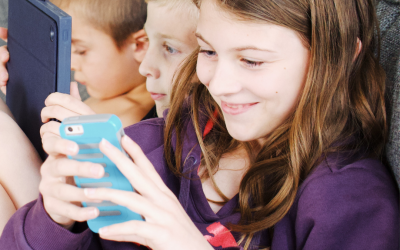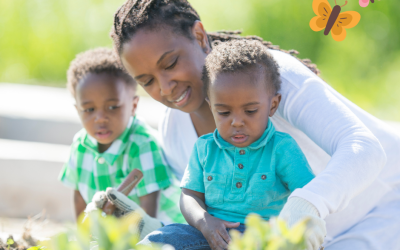Content warning: this article contains discussion of child sexual abuse.
The number of reports of child-on-child sexual abuse – that is, abuse perpetrated on a child by another child – has now overtaken the number of reports of adult-child sexual abuse, according to a new report.
The Australian Child Maltreatment Study published this year found the number of young people who have been sexually abused by adolescents has grown and has now overtaken those who have been abused by adults.
The ABC has reported that during 2022 and 2023 there were 240 child-on-child sexual abuse incidents reported to police by Victorian government primary schools.
More than half of the incidents reported involved children under 10.
Suspecting that a child has experienced child-on-child sexual abuse can be overwhelming for parents, who in addition to experiencing distressing emotions, like anger, sadness and feeling at a loss of how to help the child, may also be triggered into reliving their own experiences of family violence and sexual abuse.
Children who have been sexually abused by another child often don’t report the abuse for a number of reasons. They may have been threatened with physical harm or social isolation, or told they will be in trouble if adults find out. They may not even realise they are experiencing abuse. And this is a question for many parents too: what is this, is it standard among kids mucking around, or something else?
In fact, experts warn that pornography and access to it are contributing factors to the growing number of child-on-child sexual abuse cases. Research this year from the University of Queensland found the average age at which children first saw porn in Australia was 13 for boys and 14 for girls, and that roughly five per cent of the young people surveyed had seen porn by the time they were 10.
Mountains of research has shown that exposure to the types of pornography now dominating the market is associated with sexual coercion and aggression.
The ABC has also reported that schools are often failing children who experience child-on-child sexual abuse, dismissing assaults as just harmless incidents of childhood curiosity or play gone a little too far. Sometimes, after making reports, kids are being returned to the classroom with their perpetrator.
That’s why as parents we need to be alert to the signs which, according to Australian childhood abuse prevention charity Bravehearts, can include:
- Your child is quieter or more distant than usual
- Your child is clingier than usual
- Unusual or new fears, sometimes around touch, being alone, being with a particular person or in a particular place
- Difficulty concentrating or with memory, zoning out, seeming distracted or not listening
- Eating, sleeping or hygiene changes
- Regressive behaviours such as bed-wetting or soiling after being toilet trained, acting or wanting to be treated like a baby/younger child again
- Showing knowledge of sexual behaviour beyond their age
- Sexual themes in artwork, stories, play etc.
- ‘Acting out’ behaviours (aggression, destructive behaviours)
- ‘Acting in’ behaviours (withdrawal from friends and family, depression)
- Problems with friends
- Vague symptoms of illness such as headache or tummy ache
- Self-harm (cutting, risky behaviour)
- Asking vague questions or making vague statements about topics such as secrets, unusual ‘games’, or adult behaviours
If you think your child may have been abused or if they have disclosed to you that they have, support is available and the sooner you can access help, the better for you and your child:
- National Sexual Assault, Domestic Family Violence Counselling Service: 1800RESPECT, 1800 737 732
- Blue Knot Helpline: 1300 657 380
- Lifeline: 13 11 14
- Headspace: 1800 650 890
- QLife: 1800 184 527
- ReachOut.com
- Bravehearts






0 Comments